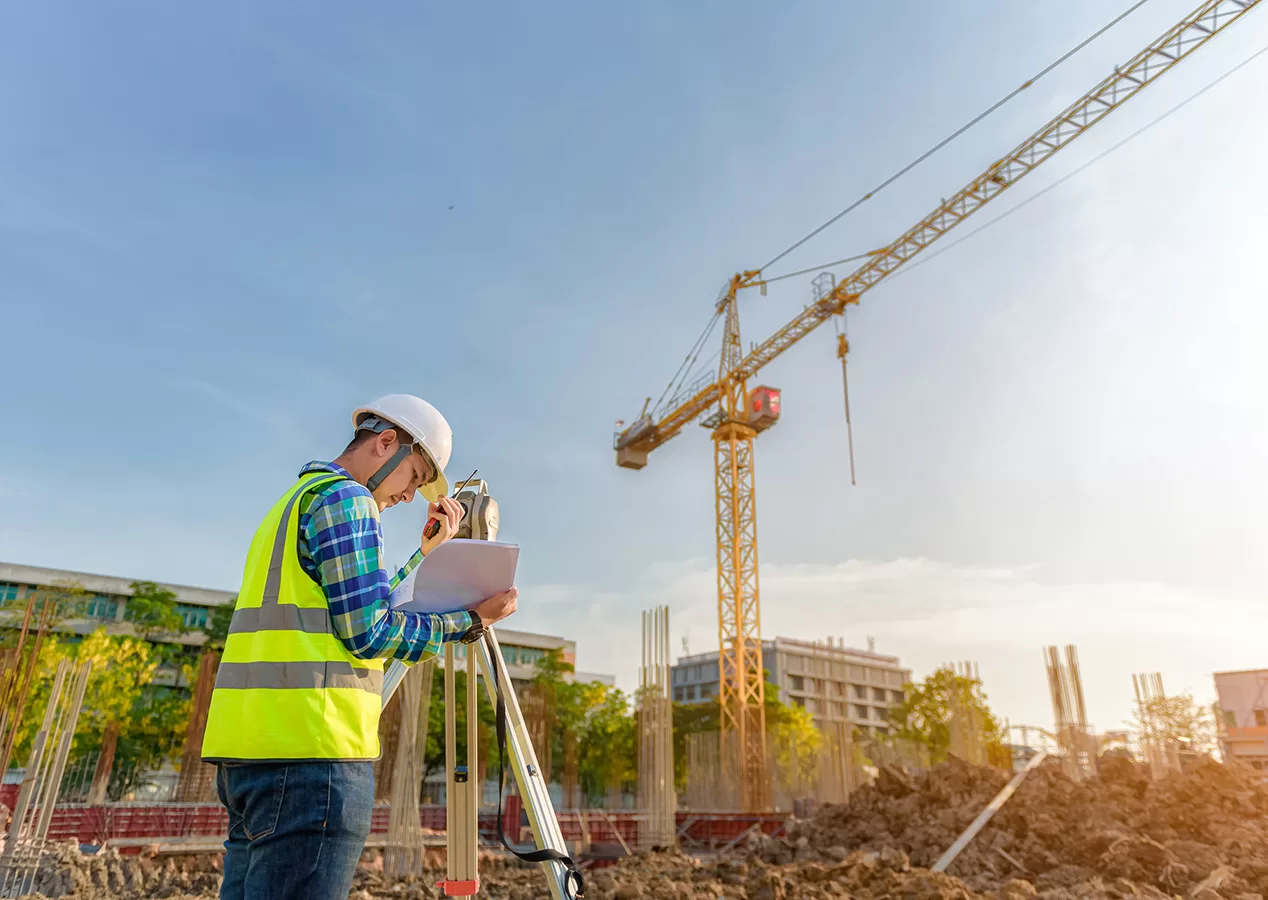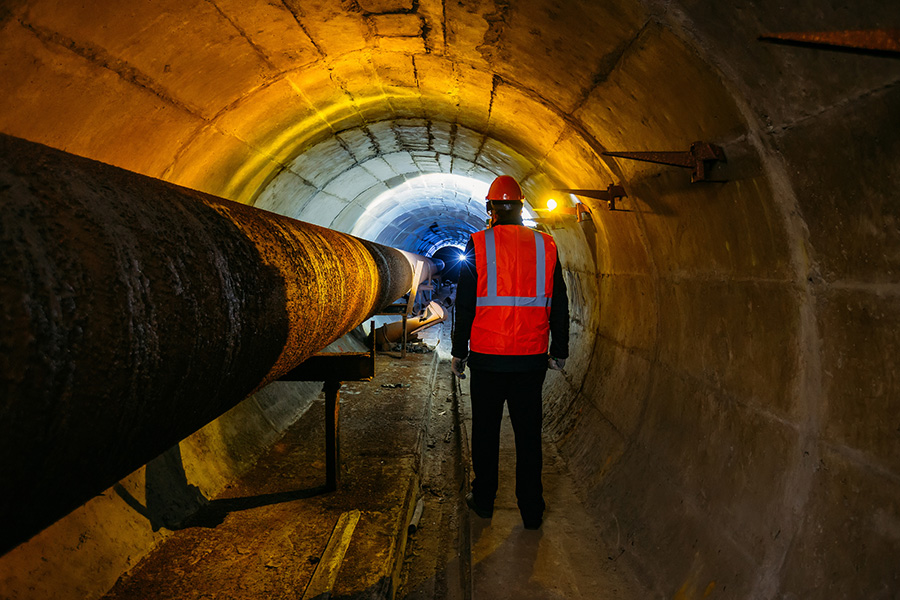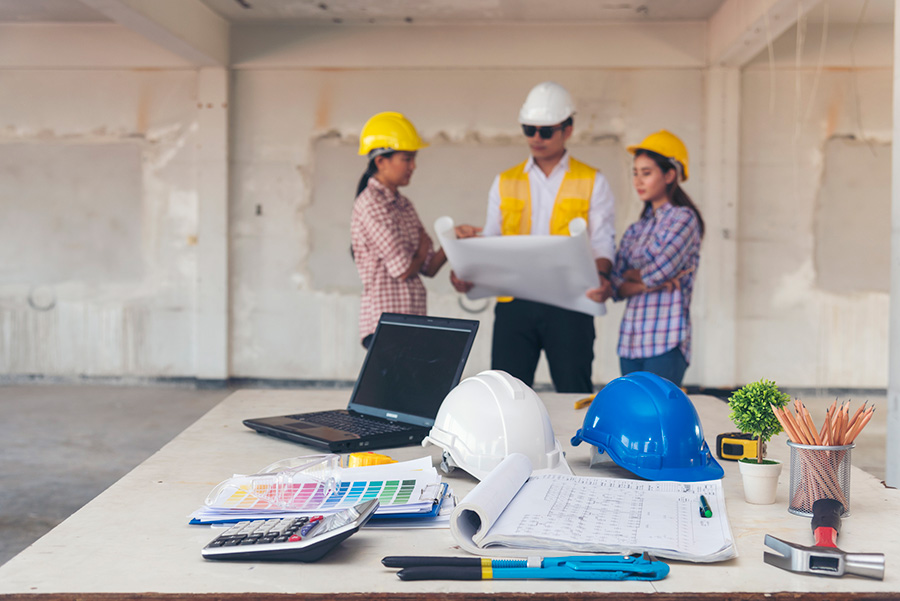



Infrastructure development is a crucial aspect of society, economic growth and prosperity. It can improve quality of life by providing better access to essential services, such as clean water and electricity. It can also create jobs and boost economic growth by attracting new businesses and investment.
Need some help? Lets talk
Infrastructure development is the process of planning, designing, constructing and maintaining the physical structures and systems necessary for the functioning of society. These include roads, bridges, communication networks, airports, power plants, water treatment facilities and schools, to name a few.
Infrastructure development is an essential part of economic growth and development, as it provides the foundation for businesses to operate and for people to live and work.
Infrastructure development can be divided into two main categories: hard infrastructure and soft infrastructure.
Hard Infrastructure projects are classified into categories such as transportation, energy, water and waste management, and public facilities, among others. Following are some examples of infrastructure projects.
– Building new highways, railways, bridges, airports and seaports or upgrading existing ones.
One example of this type of development is the California High-Speed Rail Project, a $128 billion high-speed rail system between Los Angeles and San Francisco that will reduce travel time between the two cities to just two hours.
– Developing renewable energy sources such as wind, solar and hydropower or upgrading existing energy grids.
The Vineyard Wind project, a $2.8 billion offshore wind farm off the coast of Martha’s Vineyard in Massachusetts, is an energy infrastructure project. It consists of 62 wind turbines expected to generate 800 megawatts of electricity annually, enough to power 400,000 homes. The project will create 3,600 jobs during construction and 150 permanent jobs once it is operational.
– Building new water treatment facilities or upgrading existing ones to ensure access to clean water and proper waste disposal.


The $1.2 billion Chicago Tunnel and Reservoir Plan (TARP) consists of a network of tunnels and reservoirs that will store and treat stormwater runoff in Chicago. TARP includes four tunnel systems totaling 109 miles of tunnels some 150 to 300 feet underground. The project is expected to reduce flooding, improve water quality and create 2,000 jobs.
– Building new schools, hospitals and government buildings or upgrading existing ones.
The New York City Public Housing Authority (NYCHA) is a $20 billion project to renovate and modernize the city’s public housing stock. The project is expected to create 20,000 jobs and improve the quality of life for more than 400,000 New Yorkers.
Infrastructure development plays a significant role in enhancing the quality of life for citizens, attracting foreign investment and creating jobs. For example:
Despite its many benefits, infrastructure development faces several challenges. Here are the most significant ones:
Infrastructure projects require significant investments, and developers often struggle to secure the necessary funds. The cost of building a new highway, for example, can be in the billions of dollars. Additionally, political instability and corruption can impede the development of infrastructure projects, leading to delays and cost overruns.
Infrastructure projects are huge projects that involve multiple stakeholders, including governments, private sector companies and local communities. Coordinating the efforts of these stakeholders can be challenging, especially in large-scale projects involving multiple countries.
Infrastructure development can have significant environmental impacts, such as deforestation, habitat loss and greenhouse gas emissions. Governments and private sector companies need to ensure that infrastructure projects are sustainable and minimize their environmental footprint.
Infrastructure development requires a wide range of skills, including engineering, project management, finance and environmental science. With a growing demand for infrastructure projects, there’s an increasing need for skilled professionals to plan, design and construct these projects.


Infrastructure projects often face public opposition regarding the cost of the project, the environmental impact or how it will affect their community.
The construction of a new highway, for example, can cause traffic congestion and make it difficult for businesses to operate.
Infrastructure projects are subject to numerous regulations, which add to the cost and complexity of the projects.
Read also: 8 Types of Construction Insurance to Protect Your Business, Property and Job
Infrastructure projects typically are long-term investments. Political stability is important for ensuring that these projects are completed on time and on budget.
The construction industry often faces capacity constraints. This can lead to delays and cost overruns on infrastructure projects.
Once an infrastructure project is completed, it needs to be properly operated and maintained in order to ensure its long-term success.
Read also: What Is BIM and How It Has Revolutionized Construction
In addition to the challenges mentioned above, other factors can affect the success of infrastructure development projects, such as technology, climate change and impact on real estate development.
For example, the development of new transportation systems can increase property values in areas near transit hubs, while the construction of new public facilities such as schools and hospitals can make areas more attractive to homebuyers.
Public-private partnerships also have a significant impact on infrastructure development. PPPs involve collaborations between governments and private sector companies to finance and deliver infrastructure projects. These collaborations help governments overcome funding constraints while enabling private sector companies to invest in profitable infrastructure projects.
In addition, a move toward sustainability is affecting infrastructure development. As the world becomes more environmentally conscious, governments and private sector companies are prioritizing sustainability in infrastructure projects, with a focus on reducing carbon emissions, conserving natural resources and promoting renewable energy sources.
Infrastructure development can be a complex and challenging process. There are many factors to consider, such as cost, environmental impact, political climate and public support or opposition. Therefore, it’s extremely important to have a clear plan and to carefully consider all of the potential risks and challenges before embarking on an infrastructure development project.
If you’re seeking expert advice or considering a new construction project, look no further than CIC Construction Group. We are well-equipped and ready to assist you. Let’s build a more efficient future together. Contact us!.